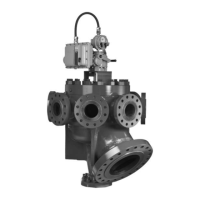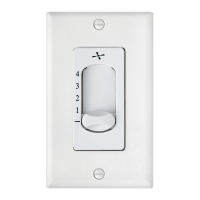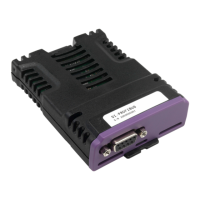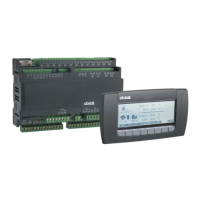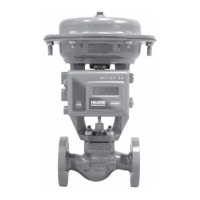8
SEMPELL SERIES STE 4 CONTROL DEVICE FOR SAFETY VALVES
Operating instructiOns
4.7.5 Safety valve adjustment (system pressure)
In case of checking the spring setting of the
safety valve only by the system pressure, block
the air supply to the control device STE 4 for a
short time.
Procedures
• Open front door of the electric switch unit.
Disconnect power supply by means of a key
operated switch.
• Indicator: white control lamp “Operation” is
out.
• Open front door of the pneumatic control unit.
Register the pressure shown at the gauge of
the pressure regulator R1. Shutoff air supply
at pressure regulator R1 by moving up and
turning left the handle of the regulator.
• Indicator: pressure shown at the pressure
gauge lowers to p = 0 bar.
The safety valve adjustment can now be
checked by increasing the system pressure
without influence of the pneumatic actuator.
After finishing the test, restore the control
pressure and the power supply.
Procedures
• Adjust control pressure at the pressure
regulator R1 to the previously registered
value again by moving up and turning right
the regulator handle. Read the pressure at
the gauge. Moving down the regulator handle
secures the adjustment.
• Close front door of the pneumatic control
unit.
• Switch on the power supply by means of the
key operated switch. Close front door of the
electric switch unit.
• Indicator: white control lamp “Operation”
shines.
Procedures
• Open the front door of the pneumatic control
unit. Register the shown pressure at the
gauge of the pressure regulator R1. Stop
the compressed-air supply at the pressure
regulator R1 by moving up and turning the
regulator handle anti-clockwise.
• Press and hold the hand actuation until the
solenoid valves Y1-Y4 have relieved the piston
space B.
• Indicator: shown pressure at the gauge
lowers to p = 0 bar.
4.7.6 Safety valve adjustment (pneumatic)
To execute the adjustment of the safety valve at
any system pressure and without considerable
disturbance of the actual working procedures,
the following test method is proposed:
For each safety valve determine once the
angle of inclination (perhaps already at the
inspection) (see diagram) by measuring at two
different system pressures. Slowly add the
lifting air to the respective system pressure by
means of pressure regulator valve R1. Record
the measuring points (lifting air pressure,
system pressure) in the diagram while the
opening of the safety valve starts.
Measure and register system pressure, lifting
air pressure (P5) and lift of the safety valve.
The intersection of the straight line with
the abscissa (lifting air pressure = 0 barg)
corresponds with the set pressure of the safety
valve without lifting air.
For recorded measurement the following
equipment is necessary:
• 2 pieces electric pressure transmitters
• 1 piece electric travel pickup
• 1 piece 4-channel test amplifier
• 1 piece 4-channel recorder
(This equipment can be obtained by
SempellGmbH)
ATTENTION!
Disconnect compressed-air supply at the control
device STE 4 so that the cavities of the pneumatic
actuator are not under pressure!
For the following tests only one observation is
done at a random system pressure.
If the measured point is not at the straight line
correct the spring compression of the safety
valve.
Remark: the gradient of the measured
characteristic curve (straight line) is due to the
construction (relation between the effective
pneumatic piston surface and the effective
seat surface). After a modification of the spring
compression the characteristic curve has been
shifted parallel.

